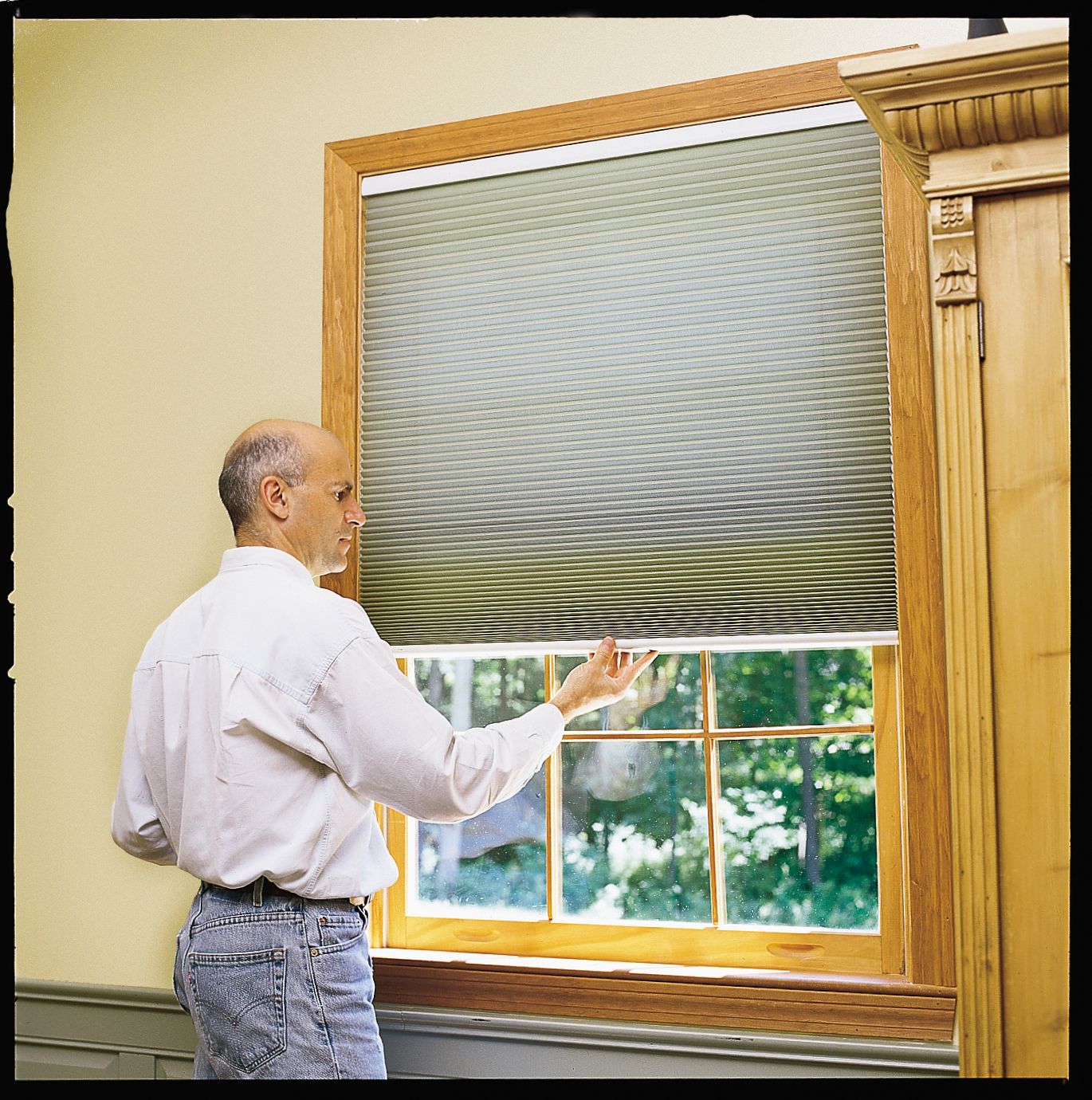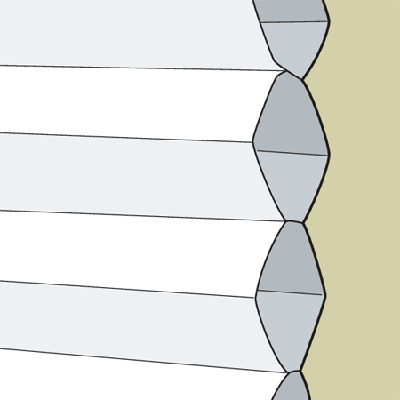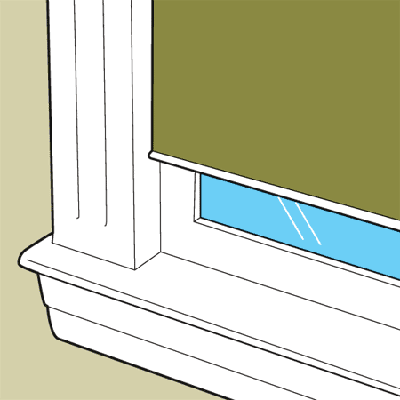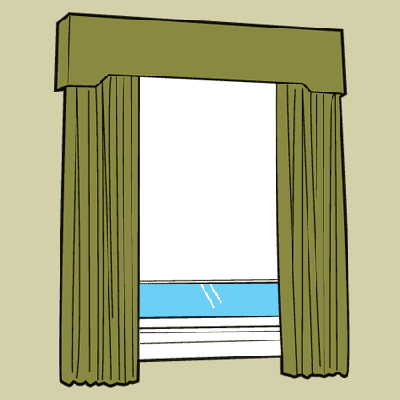Homeowners who experience chilly drafts even after applying caulking and weatherstripping to their windows should consider additional defenses. Window treatments, which are collections of shades, curtains, and blinds, offer a reliable barrier that helps older homes retain heat. Read about how to use different types of window treatments to control drafts in our guide below.
Energy Savings Through Window Treatments

Windows can account for up to 30% of a home’s total heat loss in winter, and window treatments can help remedy this. Effective coverings can reduce drafts and improve your home’s energy efficiency, which increases comfort and leads to savings on heating costs.
Consider factors such as insulation properties, fit, and versatility when choosing your window treatments. The right combination of treatments will lead to reliable draft protection and an improved look.
Go Cellular With Honeycomb Shades

Honeycomb or cellular shades are an excellent choice for trapping cold air near windows. These shades feature a unique design with multiple air pockets that create an effective barrier against drafts. Here’s why cellular shades are a popular option for draft control:
- Customizable insulation levels: Shades with more cells offer increased insulation, though they may reduce light transmission.
- Energy efficiency: Cellular shades’ insulating properties can help lower your energy bills by reducing heat loss through windows.
- Insulation: The honeycomb structure traps air, which creates an additional layer of insulation between the window and your living space.
- Versatility: These are available in various colors and styles, and can complement any decor.
Consider your area’s climate and your lighting needs in each room if you’re considering cellular shades. Rooms that receive direct sunlight may benefit from light-filtering cellular shades, for example, while bedrooms might require room-darkening options.
Hang Window Treatments Tight

How successfully you install your window treatments will determine how effectively they stop drafts. Mounting shades or blinds inside your window casings is one of the most efficient ways to minimize air leakage. This approach creates a tight seal between the treatment and the window frame, which reduces the space through which cold air can enter.
If you can’t mount the treatment inside the casing because of the design of the window, you can mount it on the outside. If you use this method, make sure the system covers the entire casing so that it can trap as much cold air as possible. Get treatments that are slightly larger than your window’s dimensions.
Consider the tips below while you install your treatments:
- Measure accurately: Take precise measurements of your window casings so that your treatments fit correctly.
- Use appropriate hardware: Choose mounting brackets and screws that suit your window frame material.
- Install level: Use a level to make sure your treatments are even and straight.
- Check for gaps: Once you finish installing the treatment, check for any gaps between the treatment and the window frame, and address them as needed.
Mind the Window Treatment Gap

You must position your inside-mounted window treatment properly to effectively control drafts. Install these treatments about 1/2 inch from the windowpane. This small gap allows you to operate the window easily while preventing drafts.
The treatments should nearly touch all four sides of the opening, and create a tight seal that reduces air infiltration. Consider the tips below as you install this treatment type:
- Custom sizing: Choose custom-made treatments that are tailored to your specific window dimensions.
- Adjustable mounting brackets: Use brackets that allow you to make minor adjustments.
- Side channels: Install side channels to further reduce air leakage around the window’s edges.
- Regular maintenance: Inspect and adjust your treatments periodically to make sure they fit correctly.
Dress Your Window in Layers

Consider combining multiple window treatments for superior draft control. This will also allow you to manage light levels easily. Layer shades, sheers, and curtains so that you can adapt to changing weather conditions and light preferences.
Pairing close-fitting drapes with a cornice can reduce airflow around windows, according to the United States Department of Energy. This can improve your draft control, make your home more comfortable, and lead to energy savings.
Consider the layering strategies below.
- Blinds + thermal curtains: Pair adjustable blinds with thermal curtains to manage light and temperature throughout the day.
- Cellular shades + heavy curtains: Use cellular shades to insulate, and add heavy curtains for extra warmth and light control.
- Roman shades + side panels: Install insulating Roman shades with decorative side panels for additional style and draft protection.
- Sheers + blackout curtains: Combine sheer curtains for daytime privacy with blackout curtains for nighttime insulation and darkness.
